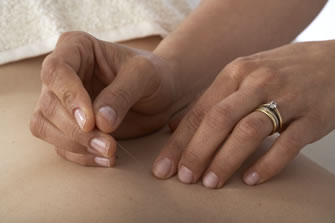Chinese medicine and the practice of acupuncture came over to Japan with Buddhism in the 6th century. For centuries, practitioners followed Chinese methods though from the Middle Ages home-grown techniques started to predominate, including the use of ‘guide tubes’ for needles in order to make insertion almost pain free.
Acupuncture has always placed an emphasis on treating the stomach and digestion partly because the stomach and spleen belong to the Earth ‘element’ and are central to the creation of Qi (energy or ‘ki’ in Japanese) and therefore central to immunity and acupuncture energetics, maybe also because China’s regular episodes of famine (generally coinciding with the political chaos associated with dynastic change) led to an obsession with food and digestion. Today in China, instead of asking if someone is well when you meet them, you will ask, “have you eaten?”
Whatever the reason, acupuncture has developed a range of treatments to help digestive issues and modern Japanese acupuncture is no exception. The type of treatment I use at The Vale Practice has been handed down by a modern Japanese master, Kiiko Matsumoto. She trained and worked with several post-war masters and developed a unique system of abdominal diagnosis and treatments based on her experience, studies and training.
Out of this, various protocols have evolved to treat:
- Gastro-intestinal problems caused by stress (one of the most common causes of stomach problems is sympathetic nervous system dominance). These might include salivary and acidity issues along with ulcerative colitis, Crohn’s disease and IBS; stomach or duodenal ulcers.
- Excess gas and bloating.
- Constipation and piles.
- Problems in the mouth and gums.
Because of the digestion’s key function supporting immunity, digestive points will also be used for any case of inflammation.
On another level, acupuncture points on the Stomach pathway or ‘meridian’ are used to support the body’s structure, (it is viewed as something akin to a pillar keeping us upright), while more subtly we use digestive points to improve self-esteem, helping people ‘stand up for themselves’.
One famous acupuncture point you can try for self-help: Ashi no san ri. This is located one hand’s width below the knee (try the left first), and one finger width outside the shin. Massage this point for symptomatic relief if you are tired or suffering from any of the stomach issues mentioned above! A bruised or sore place will be most effective.
Written by James Booth – MAcS

